Discover the dynamic world of header bidding and unravel the crucial role played by first-price and second-price auctions in maximizing your ad revenues. In today’s fiercely competitive digital advertising landscape, mastering these auction mechanics is pivotal for publishers and advertisers alike. Delve into this comprehensive guide to understand the intricacies of first-price and second-price auctions, their impact on header bidding strategies, and how to effectively leverage them for optimal ad performance. Stay ahead of the curve and unlock the full potential of your programmatic advertising campaigns!
Understanding Header Bidding: The Shift from First-Price to Second-Price Auctions in Programmatic Advertising
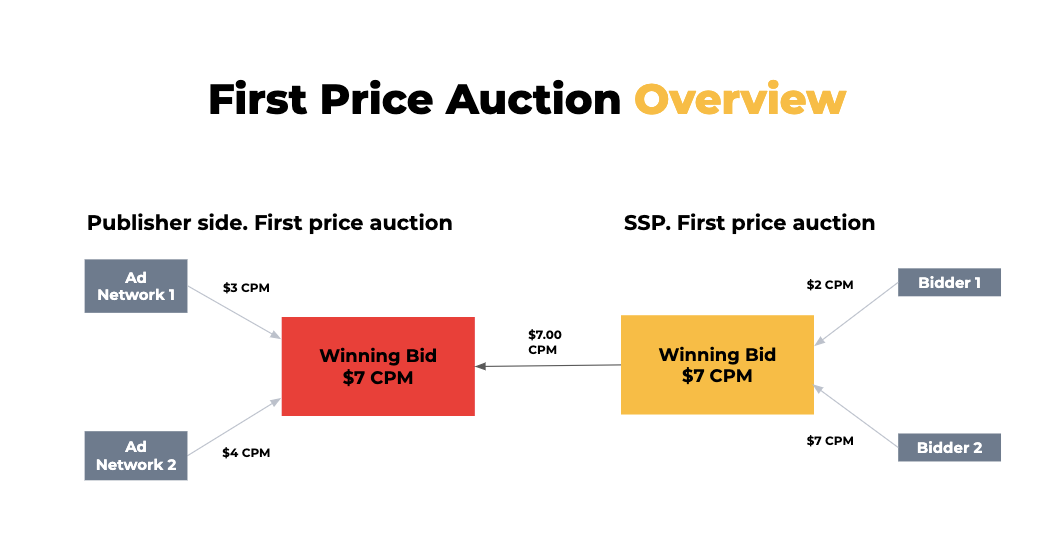
In the dynamic world of programmatic advertising, understanding header bidding has become essential for marketers and publishers alike. The shift from first-price to second-price auctions in header bidding has been a significant change in the industry, optimizing ad revenue and increasing transparency. First-price auctions, where the highest bidder wins and pays their bid, were initially prevalent, but second-price auctions have emerged as a more equitable solution. In second-price auctions, the highest bidder pays just above the second-highest bid, ensuring a fairer price for both advertisers and publishers. By leveraging the benefits of second-price auctions in header bidding, advertisers can optimize their bidding strategies, while publishers can maximize their ad inventory value and maintain a seamless user experience.
Navigating the Complex World of First-Price and Second-Price Auctions: Strategies for Publishers and Advertisers in Header Bidding
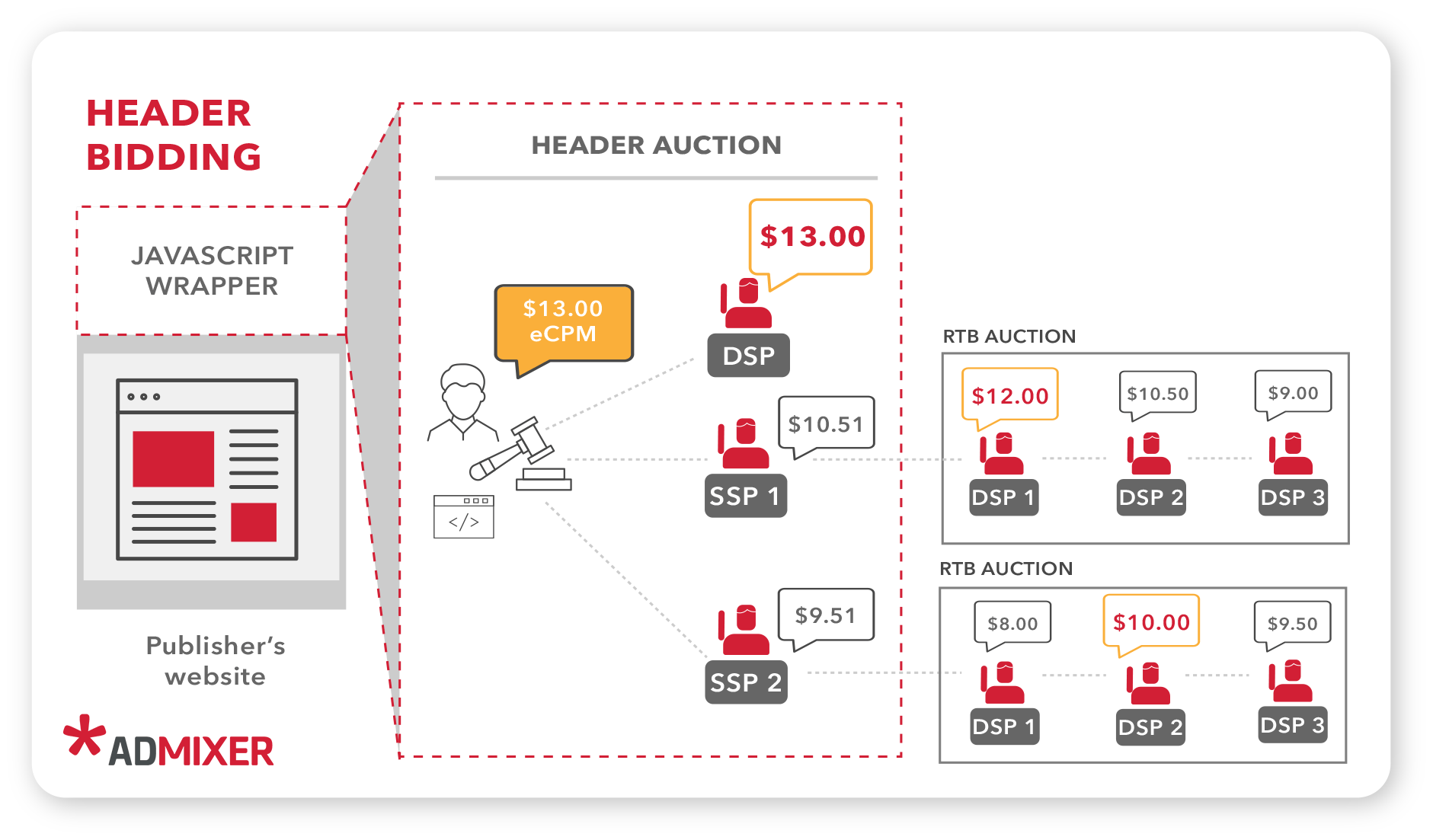
In the ever-evolving landscape of header bidding, understanding the dynamics of first-price and second-price auctions is crucial for both publishers and advertisers. By implementing effective strategies to navigate this complex world, stakeholders can optimize their ad revenue and campaign performance. Publishers should focus on floor pricing techniques and granular analytics to maximize yield, while advertisers can leverage bid shading and data-driven optimization to ensure cost-effective outcomes. Embracing these approaches and adapting to the shifting trends in header bidding will enable all parties to stay ahead of the competition and achieve their desired results in this intricate digital advertising ecosystem.
The Evolution of Header Bidding: How First-Price and Second-Price Auction Mechanics Impact Revenue and Ad Performance
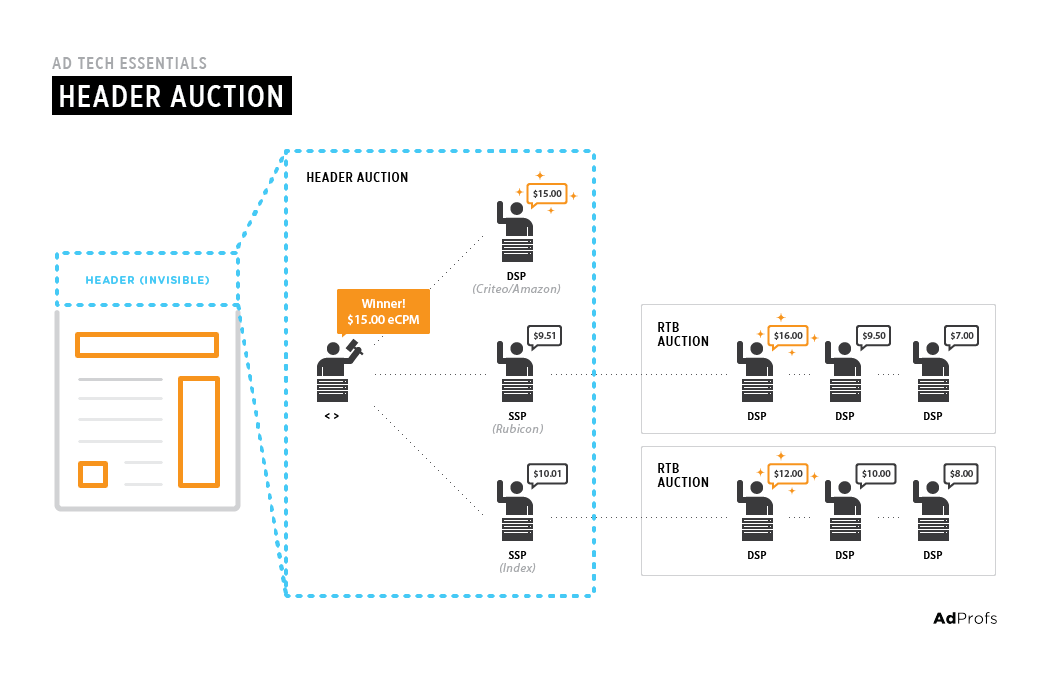
The evolution of header bidding has revolutionized the digital advertising landscape, with first-price and second-price auction mechanics playing a crucial role in maximizing revenue and ad performance. As advertisers compete for prime ad placements, first-price auctions drive up bid prices, ensuring publishers receive the highest possible value for their inventory. Meanwhile, second-price auctions promote fair competition and cost-efficiency, ultimately improving ad performance for advertisers. By understanding the nuances of these auction models and strategically implementing them within header bidding, publishers and advertisers can optimize their ad revenue, enhance user experience, and stay ahead in the ever-changing digital advertising ecosystem.
Winning the Bidding War: Analyzing the Advantages and Disadvantages of First-Price and Second-Price Auctions in Header Bidding
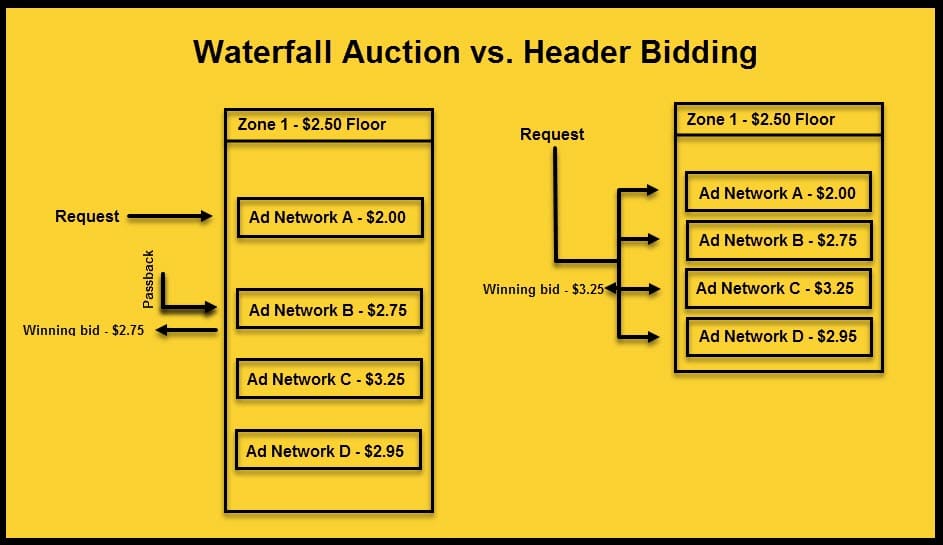
Winning the Bidding War: In the competitive realm of header bidding, understanding the role of first-price and second-price auctions is crucial for publishers and advertisers alike. First-price auctions, where the highest bidder pays their bid, can lead to increased revenues for publishers, but may result in higher costs for advertisers. On the other hand, second-price auctions, in which the winner pays the second-highest bid, can foster transparency and fair competition. However, this approach might not always secure the maximum revenue for publishers. By carefully analyzing the advantages and disadvantages of each auction type, stakeholders can make informed decisions and effectively navigate the dynamic landscape of header bidding.
Transparency and Fairness in Ad Auctions: The Crucial Role of First-Price and Second-Price Auction Models in Header Bidding Success
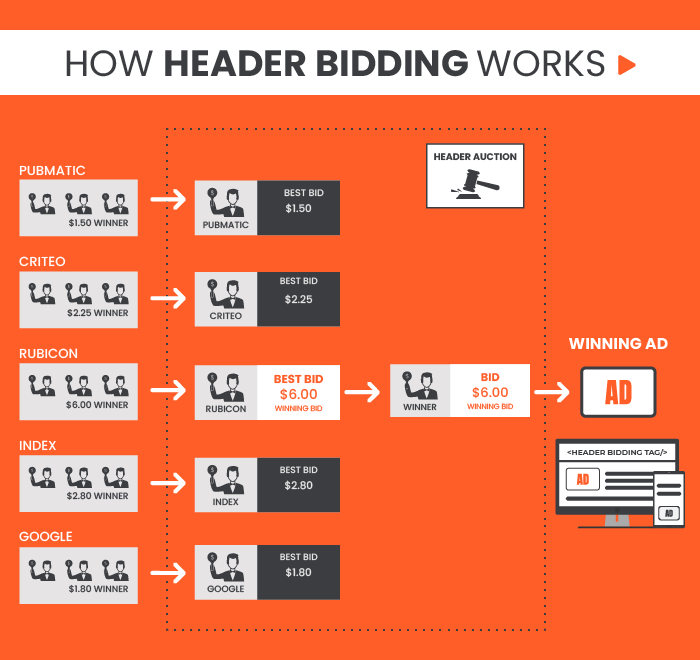
Transparency and fairness are pivotal factors in the success of header bidding, and the first-price and second-price auction models play a significant role in ensuring these attributes. Advertisers and publishers alike can benefit from these auction models’ transparent nature, which allows for a clearer understanding of ad inventory valuation. Furthermore, the first-price and second-price auctions encourage fair competition by enabling advertisers to bid based on their perceived value of the ad space. Ultimately, incorporating these auction models into header bidding practices can lead to increased revenue and better outcomes for all parties involved in the digital advertising ecosystem.

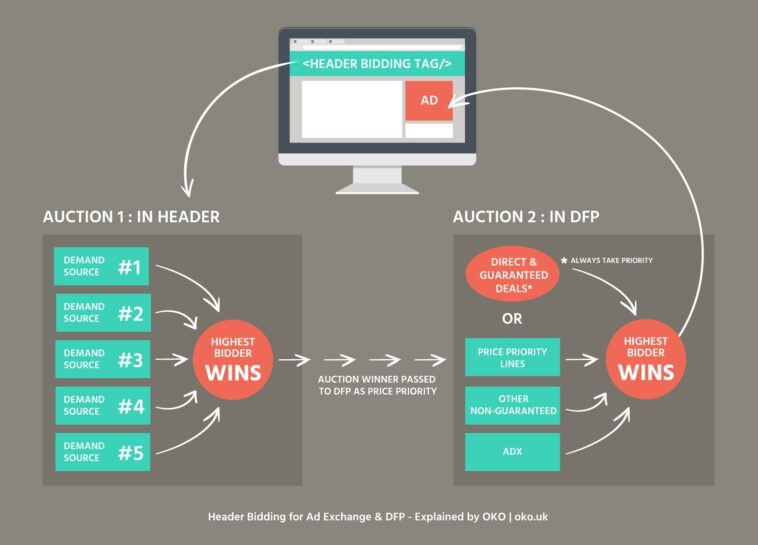


GIPHY App Key not set. Please check settings